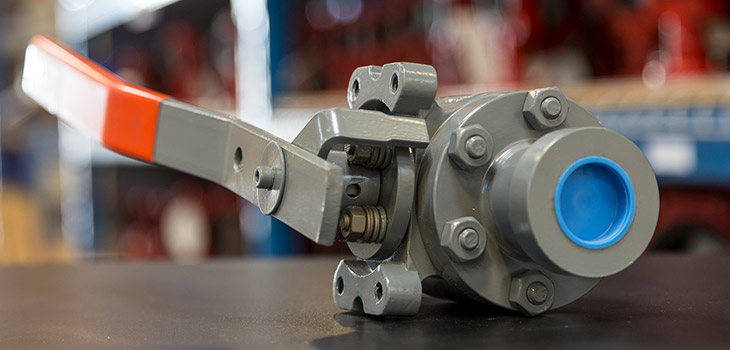The term Severe Service Valve (SSV) is commonplace to the industrial valve industry. The problem is no one really knows exactly what it means.
CGIS is in the process of establishing the exact definition. Once in place and approved by the Manufacturers Standardization Society of the Valve and Fittings Industry (MSS for short), there will be a benchmark and rating system to identify what constitutes a Severe Service Valve (SSV), and how it differs from a General-Purpose Valve (GPV).
In the meantime, we pulled from our internal best practices and over 40 years of experience to put together this brief guide. We hope you’ll consider these six key factors for selecting the right valve for your application.
The six key factors to consider when selecting a Severe Service Valve (SSV) are:
- Cycling
How often your valve is required to open and close plays a factor in deciding what type of valve you should select. Frequent cycling can wear a valve out faster than you think. However, infrequent use can be just as concerning. Valves can seize and fail to operate when they remain open or closed for extended periods of time. - Temperature
Extreme temperatures, whether hot or cold, can impact valve performance. This applies to both the media you are transporting, the process your media is undergoing, and the environment your valve is operating in. - Toxic Materials
Many industrial processes involve the transport and modification of toxic materials. Make sure you never put your workers or the environment in danger with valves that do not provide absolute zero leakage. - Pressure
High- and low-pressure scenarios can not only cause leakage but can be detrimental to the lifespan of your valve. Selecting a valve that can handle controlling drastic changes in pressure is important in a variety of industrial processes. - Solids
When processing media that contain solids in solution or suspension, you must be prepared for potentially detrimental buildup and damage to occur. Your valve may be required handle solids like scale or other sediment to form a proper seal. - Cost
Can you afford to shut down your operations on a regular basis to replace faulty valves? Is your valve considered to be a single point of failure for the process line or entire plant? Unfortunately, these important questions are often overlooked when comparing the initial cost of a valve, leading to much larger financial losses down the road.
Conclusion
If any of these key factors is making you think twice about your current valve selection, you should consider upgrading to a Severe Service Valve for your application. Increase your confidence by selecting a valve that is designed to last longer and never leaks. You’ll benefit from reduced downtime and ensure your workers and the environment are not put at risk.
Visit cgis.ca/severe-service-valves to learn more about the Severe Service Valve manufacturers we represent.
